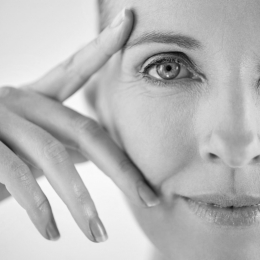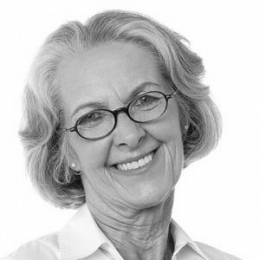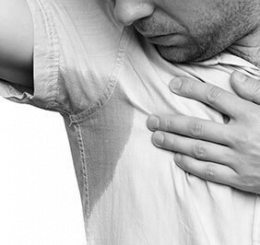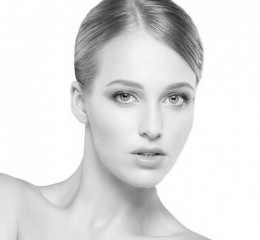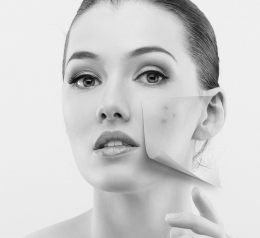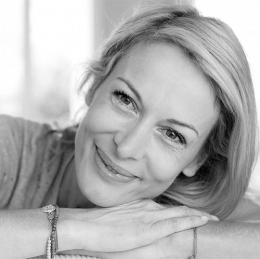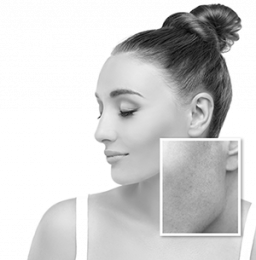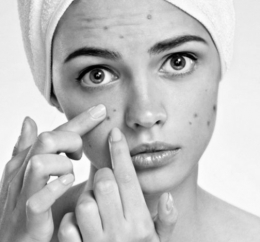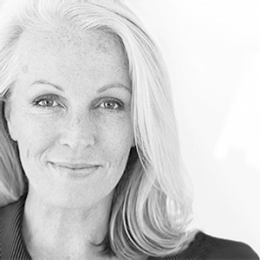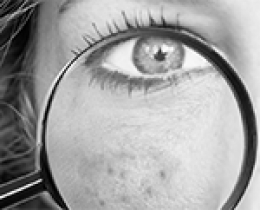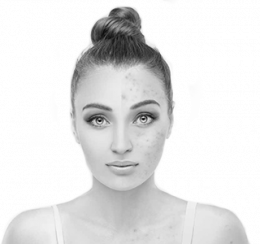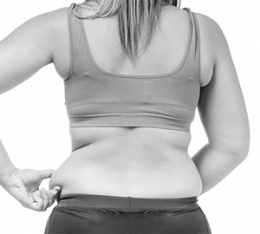Rosacea
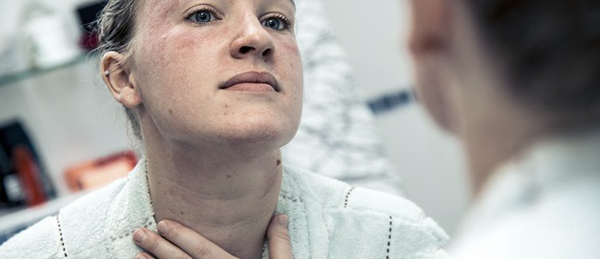
Rosacea is a common skin condition
that causes redness and visible blood vessels in your face. It may also produce small, red, pus-filled bumps. These signs and symptoms may flare up for a period of weeks to months and then diminish for a while. Rosacea can be mistaken for acne, an allergic reaction or other skin problems.
Rosacea can occur in anyone. But it most commonly affects middle-aged women who have fair skin. While there's no cure for rosacea, treatments can control and reduce the signs and symptoms. If you experience persistent redness of your face, see your doctor for a diagnosis and proper treatment.
Symptoms
Signs and symptoms of rosacea may include:
- Facial redness. Rosacea usually causes a persistent redness in the central part of your face. Small blood vessels on your nose and cheeks often swell and become visible.
- Swollen red bumps. Many people who have rosacea also develop pimples on their face that resemble acne. These bumps sometimes contain pus. Your skin may feel hot and tender.
- Eye problems. About half of the people who have rosacea also experience eye dryness, irritation and swollen, reddened eyelids. In some people, rosacea's eye symptoms precede the skin symptoms.
- Enlarged nose. Rarely, rosacea can thicken the skin on the nose, causing the nose to appear bulbous (rhinophyma). This occurs more often in men than in women.





